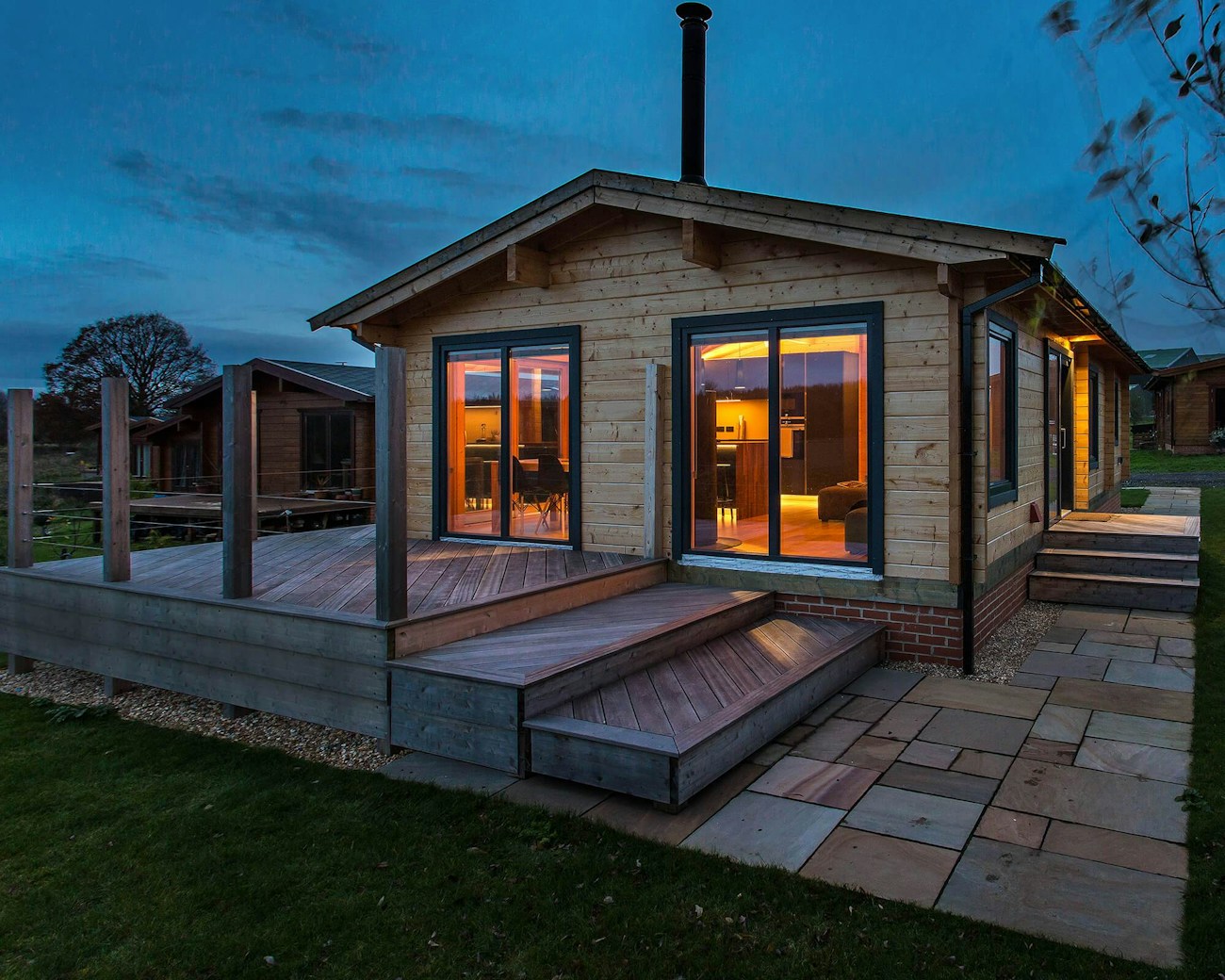When it comes to thinking about the flow of space and atmosphere in your home, lighting can be one of the most important elements.
Brighter lights can make you feel more awake, and are best used in areas where you need precise lighting. Dimmer, softer lights can be relaxing and can be used in bedrooms.
Considering the type of lighting you want to use in each area of your home will help you on your way to creating an appropriate atmosphere.
Here are 4 lighting design tricks to help create an atmosphere in your home.
1. Make a lighting design plan
Whether you’re starting from scratch or simply redecorating your home, creating a lighting design plan will tackle the essentials.
Go through each room and think about what activities take place there. Will you be eating, relaxing, working?
Also, consider which key features of the room you want to highlight and if there are any boundaries you need to take into consideration.
Early planning will prevent less problems later in the process.
2. Make sure your lighting is helpful
As we mentioned earlier, consider what tasks you may be doing in each room, and how the lighting can affect or help you.
Cooking requires more concentrated lighting, so a combination of bright downlights and recessed lighting is useful.
For reading purposes, directional lighting aimed away from you would be better.
Dimmers are a great option in most rooms, providing an energy efficient way to quickly change the atmosphere of a room.



